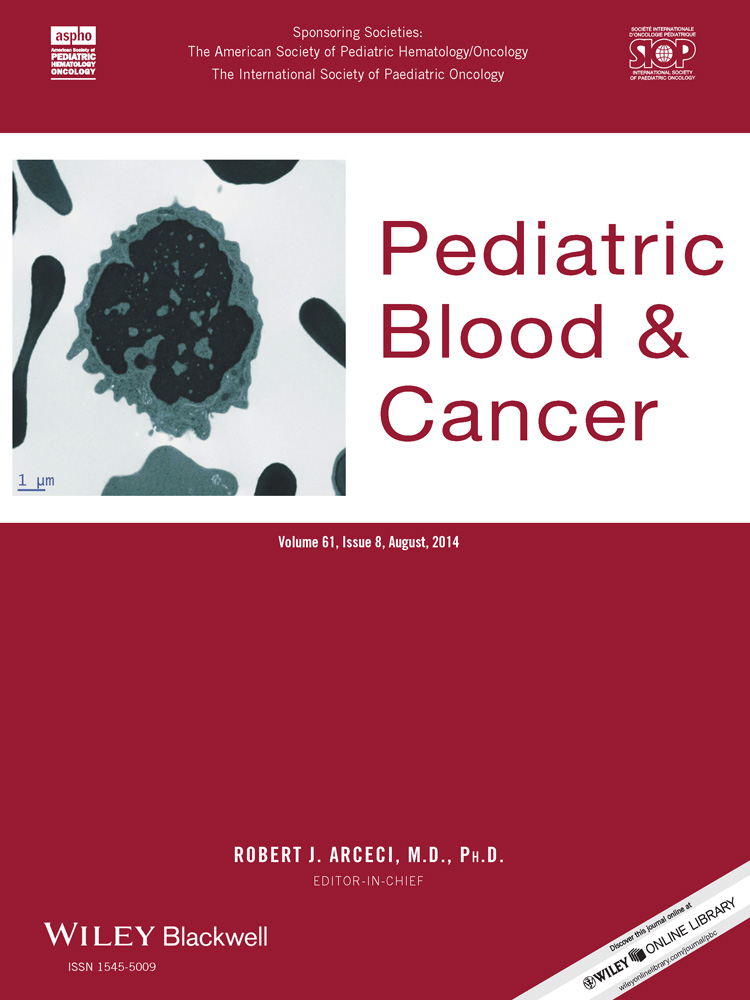The value of high-dose chemotherapy in patients with first relapsed Ewing sarcoma
Abstract
Background
Prognosis of patients with relapsed Ewing sarcoma (ES) is poor. The 5-year overall survival (OS) is 13%. We analyzed high-dose chemotherapy (HDtx) versus conventional chemotherapy (CHtx) in patients with relapsed ES.
Procedure
Data from 239 patients with first relapse, registered during 2000–2011 in the ES relapse registry of the Cooperative Ewing Sarcoma Study Group (CESS) were analyzed.
Results
Of 239 patients, 200 received various non-HDtx second-line CHtx regimens. Seventy-three patients had additional HDtx followed by autologous stem cell rescue. The 2-year event-free survival (EFS) was 10% (SE = 0.02) in patients treated without HDtx and 45% (SE = 0.09) in patients treated with HDtx. In a second step, we focused on those patients who achieved complete remission (CR) or partial remission (PR) after four to six cycles of conventional second-line CHtx. Here, the 2-year EFS was 31% (SE = 0.08) without additional HDtx and 44% (SE = 0.09) with additional HDtx. In addition, multivariate regression analysis indicates absence of HDtx treatment, with a Hazard ratio (HR) of 2.90 (95% CI 1.41–6.0), and early relapse, with a HR of 4.76 (95% CI 2.31–9.78), as independent prognostic factors for EFS.
Conclusion
Additional HDtx may contribute to further reduce the risk of further events in patients who respond to conventional second-line CHtx. Pediatr Blood Cancer 2014; 61:1382–1386. © 2014 Wiley Periodicals, Inc.




